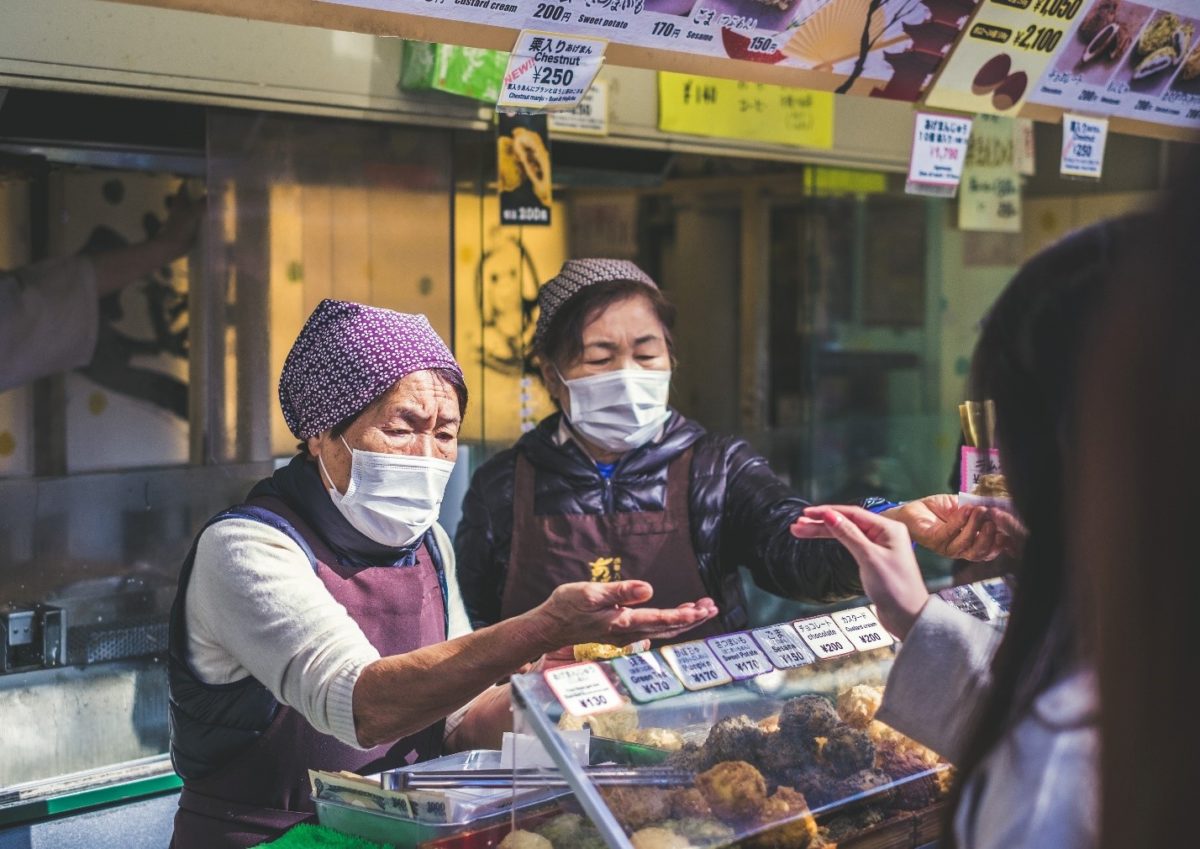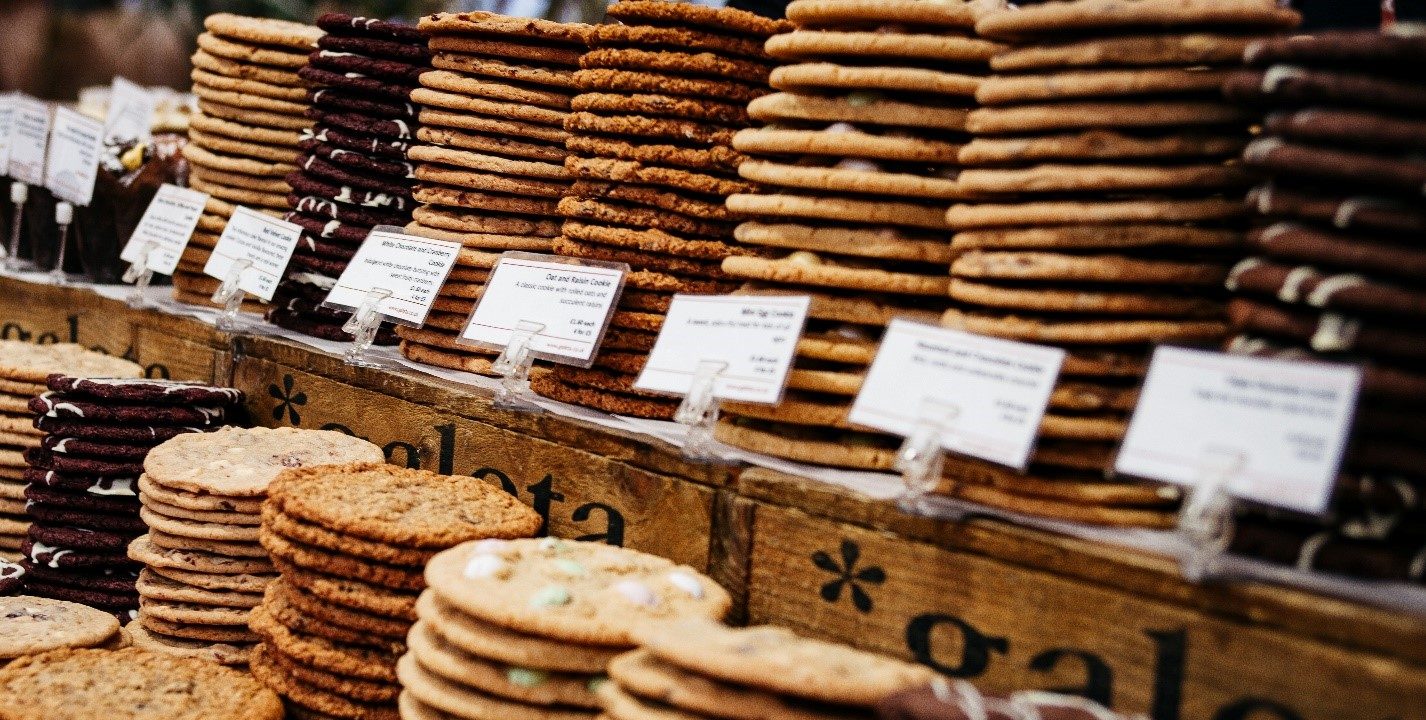There’s nothing quite like a fresh glass of orange juice to help a sore throat or quench that thirst on a warm day. But with a spike in demand for the popular juice amid the COVID-19 outbreak, supply is dwindling as producers struggle to move goods due to transport restrictions.
It seems as though traders are winding back the clock on orange juice to a time when consumers were less concerned about sugar and calories and more into taste and vitamin C. Thanks to a meteoric rise over the past week, orange juice has become one of the world’s top performing assets so far this year.
Related: Tropicana Being Sued for Failure to Disclose its Juice Content
While global stock prices have taken a hit, the pandemic has been a major boon for orange juice futures, which rose by more than six percent on Tuesday alone. Over the course of March, futures of the commodity are up 22 percent, which is the steepest monthly gain since October 2015.
Most commodities have a “future” price, which can be traded on an exchange. Futures contracts help companies lock into a fixed price in the future to protect them from potential spikes in prices. They are common for soft commodities like oranges that are vulnerable to sudden price rises due to bad harvests and natural disasters.
“Demand has improved as consumers are returning to frozen orange juice due to the coronavirus” and the increase “has really turned the market around,” said Jack Scoville, a vice president for Price Futures Group in Chicago.
With plantations introducing social distancing restrictions, the number of workers has decreased which has led to a drop in supply. “Traders are wondering if workers are around to man the plants here in Florida and in Brazil,” Scoville added.
While orange juice has risen to near its highest price in a year, it remains well below its 2017 and 2018 highs, and is almost 50 percent below the settlement price it touched in late 2016.
Since orange juice producers will pass the price rises onto supermarkets, consumers can expect to be paying more for OJ than usual, at least for the time being.









Join or login to leave a comment
JOIN LOGIN